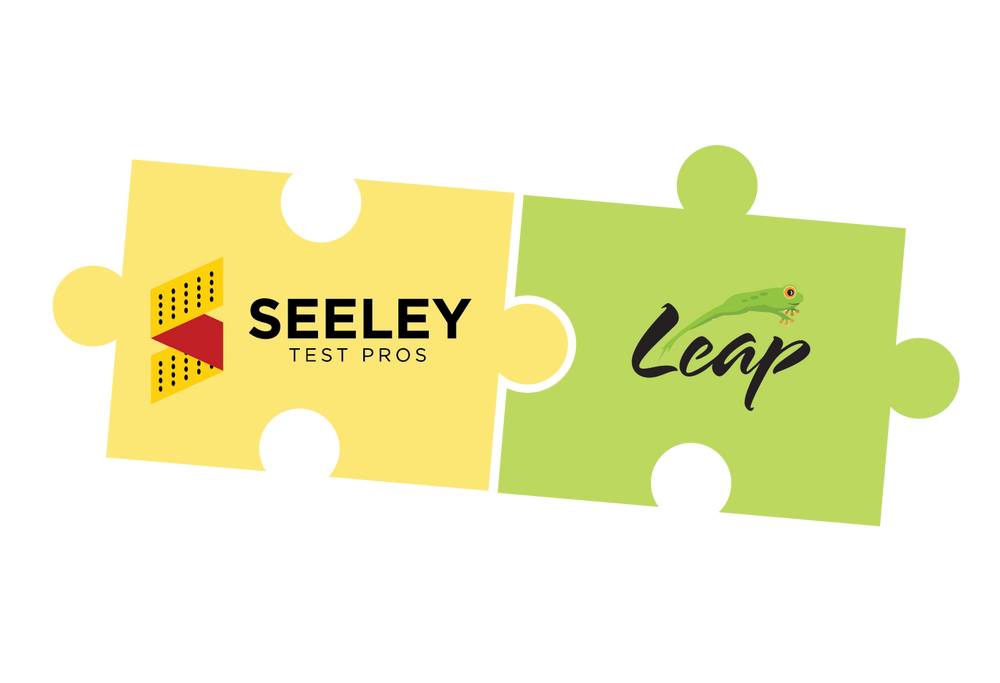Do you have an 8th grader considering a private high school? Do you know what skills they will need to be successful on their entrance exams? It's crucial to understand the two primary tests offered for high school admissions: HSPT and ISEE.
🎙️Listen to these expert discussions on What is the HSPT? and What is the ISEE?
Attend our upcoming free High School Admissions 101 webinar:
Register for Cleveland
Register for Cincinnati
Here's what you need to know to guide and support your student:
1. What is the HSPT?
-
Purpose
Catholic and Christian high schools commonly use the High School Placement Test (HSPT) to decide admissions, course placement, and scholarship eligibility for entering freshmen. -
Test Format
Students complete five multiple-choice sections, typically without a calculator:-
Verbal Skills (18 min, 60 Qs)
-
Quantitative Skills (30 min, 52 Qs)
-
Reading (25 min, 62 Qs)
-
Mathematics (45 min, 64 Qs)
-
Language (25 min, 60 Qs)
-
-
Scoring & Placement
Each section is scored on a 200–800 scale. The average is around 500; top scorers (90th percentile+) may qualify for merit-based scholarships and advanced track course placements, such as Honors, AP, and IB. -
Scholarship
Many schools offer lucrative scholarships to students who perform well on the HSPT.
2. What is the ISEE?
-
Overview & Levels
The Independent School Entrance Exam (ISEE) is used across many independent, private high schools. Eighth-graders aiming for these high school will take the Upper-Level ISEE. -
Testing Timeline
Students may test once in each season—Fall, Winter, and Summer—up to three times per school year. Most families test in November, reserving December/January for retakes, if needed. -
Format & Sections
The Upper-Level ISEE includes:-
Verbal Reasoning – 40 Qs
-
Quantitative Reasoning – 37 Qs
-
Reading Comprehension – 36 Qs
-
Mathematics Achievement – 47 Qs
-
Essay (30 min, unscored but sent to schools)
-
-
Scoring
Scaled scores (760–940), percentiles, and stanines (1–9) provide detailed feedback. The essay isn’t scored numerically, but it offers insight into your child’s writing skills. -
Scholarship
Many schools offer lucrative scholarships to students who perform well on this ISEE.
3. Key Differences & Strategy Tips
| Feature | HSPT | ISEE (Upper-Level) |
|---|---|---|
| Target Schools | Mostly Catholic high schools | Independent/private high schools |
| Sections | 5 (Verbal, Quant, Reading, Math, Language) | 5 (Verbal, Quant, Reading, Math, Essay) |
| Scoring Scale | 200–800 per section | Scaled score 760–940; stanines 1–9; essay not scored |
| Testing Frequency | One per school | Up to 3 per year (Fall/Winter/Summer) |
| Calculator Use | Not allowed | Not allowed |
Prep Tips:
-
Start early: Review section formats and content types.
-
Take practice tests: Important for pacing and stamina—especially math without a calculator or time management.
-
Focus on weak areas: Section scores can guide targeted review.
-
Plan retakes: A November test date gives room for a winter retake if needed.
4. How Parents Can Support
-
Organize test logistics: Register with the school (HSPT) or ERB (ISEE), note deadlines and test dates.
-
Create a quiet study routine: Build confidence through structured prep times.
-
Offer encouragement: Promote a positive mindset—stress can impact performance more than abilities.
-
Use quality materials: Leverage reputable prep resources or tutoring if needed.
5. Final Takeaways
-
The HSPT is tailored to Catholic and Christian high schools, while the ISEE is standard across private, independent schools.
-
Structure and scoring differ, but both reward thorough content mastery and exam savvy.
-
Proper preparation—practice tests, timely registration, and emotional support—can significantly boost performance and placement.
Check out our upcoming schedule of HSPT and ISEE classes in Cleveland, Cincinnati, and On-Demand here.
If you’d like more detailed guidance or recommendations for prep programs, feel free to reach out to us at info@leaprogram.com. We're here to help your child approach tests with clarity and confidence.
